Suas Últimas Visualizações

This chapter presents information and sample problems to explore some of Thermal Desktop’s features. Before beginning the tutorials, AutoCAD 2000/2000i/2002/2004, Thermal Desktop, and SINDA must be installed. Refer to the AutoCAD and Thermal Desktop installation instructions to complete these installations if the software is not already installed. Tutorial files may be found in the \Tutorials subdirectory which is located in the Thermal Desktop installation directory (usually C:\Program Files\Cullimore And Ring\Thermal Desktop). The Tutorials subdirectory includes additional subdirectories, one for each of the tutorials covered in the subsequent sections of this chapter. As tutorials are successfully completed, a \completed directory is created with the results of that tutorial. It is recommended that the Tutorials directory be copied to the user’s own working area before beginning the tutorials. This ensures a copy of the original tutorial files will be available for use by other users at a later time. The tutorials attempt to introduce a variety of concepts. Most often there is more than one way to accomplish the “task” of a tutorial. Different techniques are shown in an attempt to expose the user to the variety of features present in Thermal Desktop. In particular, there are many ways of selecting objects, and both noun-verb and verb-noun order is supported for most commands. Identical tasks may be performed differently to illustrate a particular feature. It is also strongly suggested that each new user take the time to work through each of the tutorials (in this chapter as well as the other tutorial chapters (see “RadCad Tutorials” on page 11-1 and see “FloCad Tutorials” on page 12-1). Although completing the tutorials requires time, doing so will provide the user with enough knowledge and skills to allow the user to quickly become effective and efficient while working in Thermal Desktop.

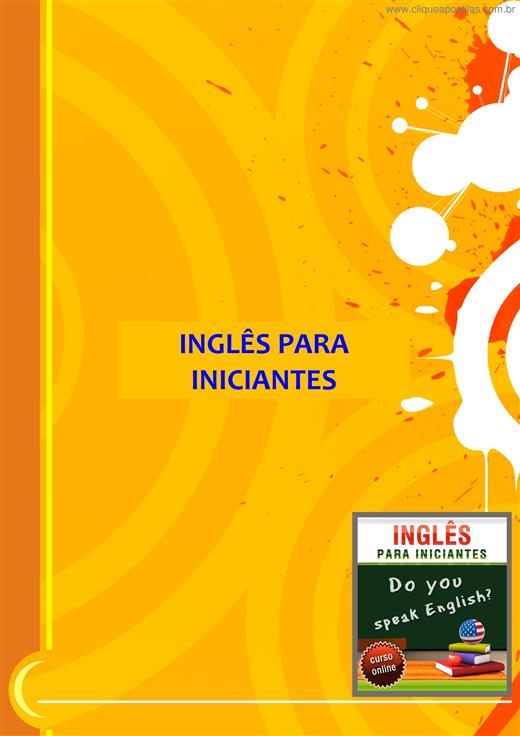

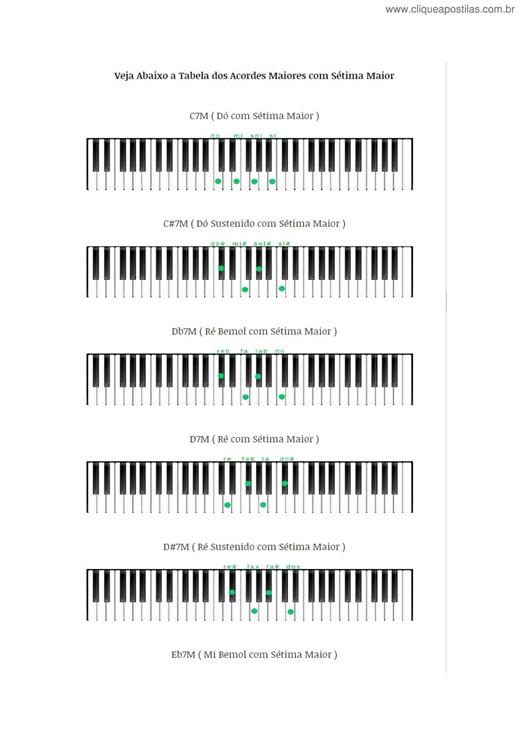



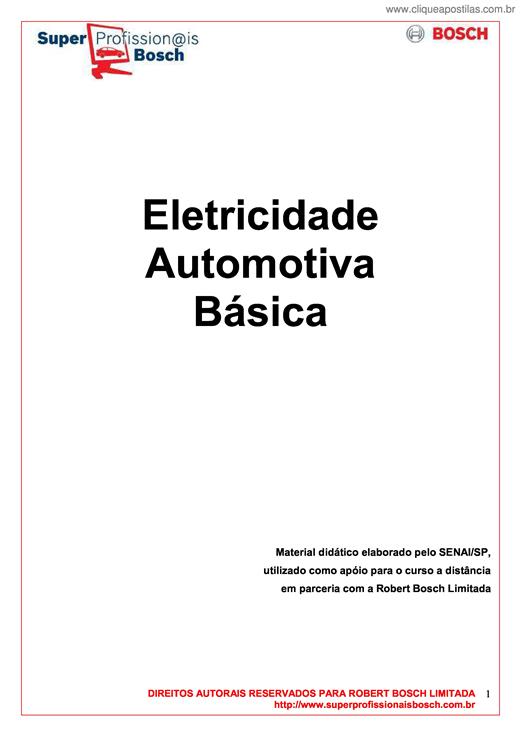
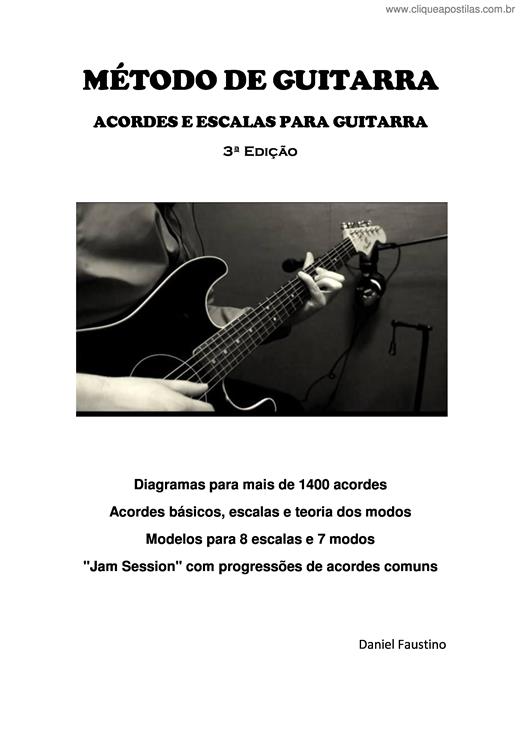




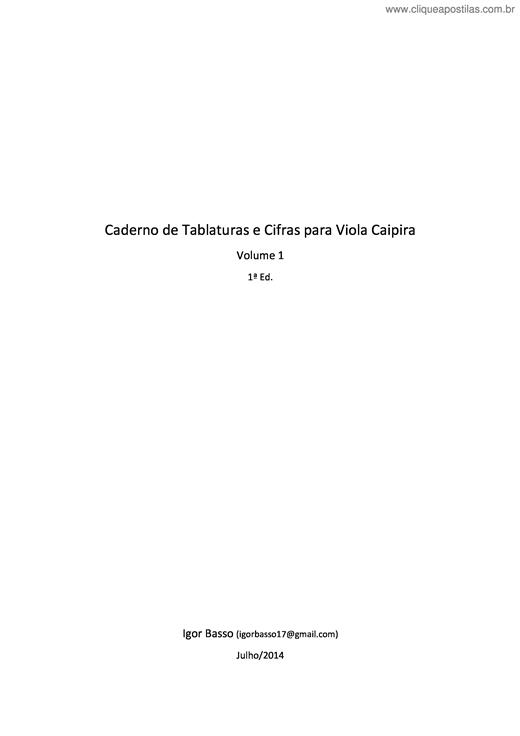


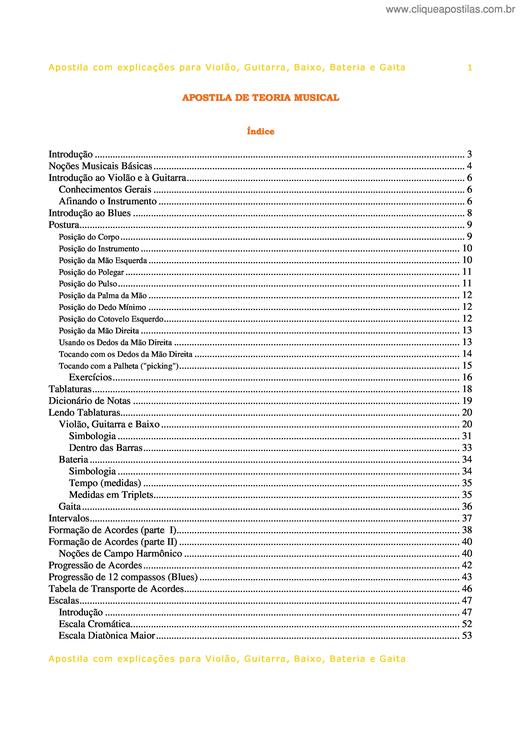



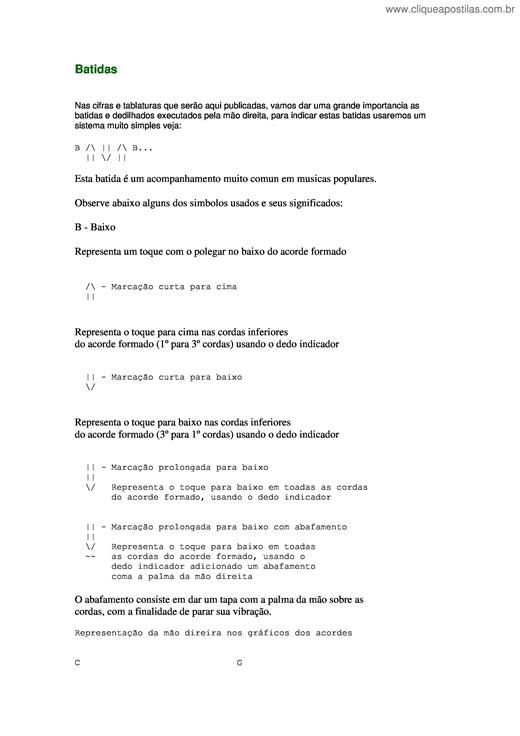



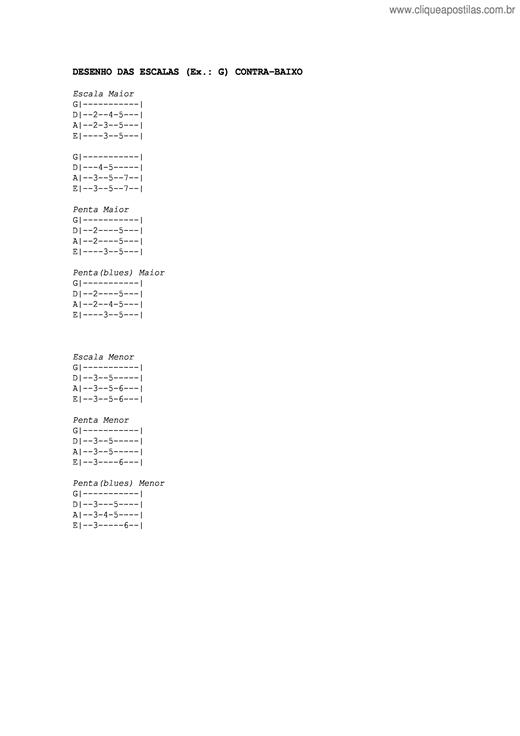
Copyright © 2025 CliqueApostilas | Todos os direitos reservados.